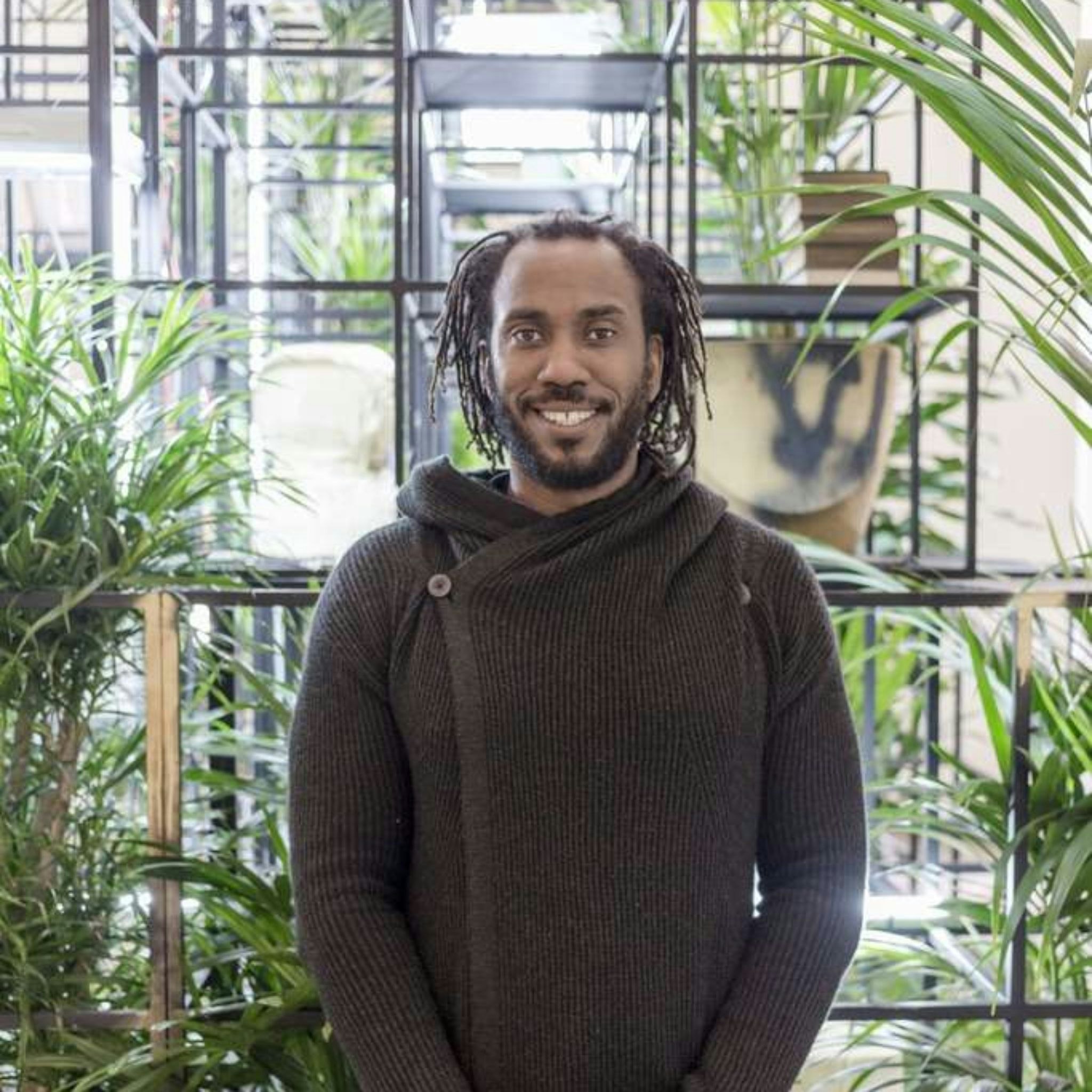Rashid Johnson - Plateaus

© Rashid Johnson. Photo © Keizo Kioku / Louis vuitton
- Date
- From 07.04.2022 to 25.09.2022
- Place
-
Espace Louis Vuitton Tokyo
-
Omotesando Bldg 7F 5-7-5 Jingumae Shibuya-ku
-
Tokyo 150-0001
- Phone
-
+81 3 3515 0855
“Every material I use has a utilitarian purpose. Shea butter speaks to body coating and the failure to acquire an African-ness through its application. The books disseminate information. The goal is for all of the material to ‘miscegenate’ into a new language with me as its author. The armatures are the platform for this miscegenation. They exist as unknown spaces to be colonised.” Rashid Johnson
The Espace Louis Vuitton Tokyo is honoured to present Plateaus (2014) by Rashid Johnson, exhibited for the first time in Japan. This exhibition exists within the greater framework of the Fondation Louis Vuitton “Hors-les-murs”programme in which exclusive holdings of_the_Collection are showcased to an international public at the Espaces Louis Vuitton Tokyo, München, Venezia, Beijing, Seoul and Osaka.
American artist Rashid Johnson (b. 1977) studied photography at the Art Institute of Chicago. In 2001, his first photographic works swiftly garnered recognition in the United States as part of a post-Civil Rights Movement generation termed “post-Black,” composed of creators who refuse to be reduced to mere “Black artist” status and demand a complex redefinition of their identity. In 2006, he moved to New York where his practice diversified to include sculpture, painting, drawing, film, performance and installation.

© Rashid Johnson. Photo © Keizo Kioku / Louis vuitton

© Rashid Johnson. Photo © Keizo Kioku / Louis vuitton
In his family, both American history and African history, politics and philosophy, have import: his stepfather introduced him to literature, writers and thinkers (James Baldwin, Henry Miller, James Joyce…), while his historian mother instilled in him a deep respect for history.
Johnson’s works thereby echo his culture and his highly diverse influences, from musicians Sun Ra and Bootsy Collins, to artists Joseph Beuys and David Hammons. This diversity is reflected in the wide range of materials he uses, including: wax, wood, steel, copper, shea butter, ceramics, as well as found objects such as books, vinyl LPs, videotapes, plants and walkie-talkies.
Johnson challenges cultural, personal and racial identity, mixing material and historical references. Still, his works are not necessarily demonstrative – they are to be seen as puzzles in which materials, figures and objects work to express emotional states.

© Rashid Johnson. Photo © Keizo Kioku / Louis vuitton
Plateaus (2014) is part of a set of installations about which Johnson recently remarked: “In a way, that body of work has always lived with me: the books you find inside of it, the films that are screened on its monitors, all the organic materials... Those are all signifiers and tools I have a long engagement with. I was introduced to the books either in my childhood or graduate school, or even beyond. The structure being a grid is, of course, a democratising vehicle for how we consume […]. It doesn’t take on a sense of hierarchy. I’ve always thought of these installations as brains, complicated structures that allow signifiers to flourish and expand and be in conversation with other signifiers. Obviously, reading such a work is not easy. What would shea butter from my childhood have to do with a copy of Harold W. Cruse’s The Crises of the Negro Intellectual? Or a copy of an Alcoholics Anonymous book? Or a palm tree? You start to put these things together and give them agency. These are installations that require time. After giving it space and time, you can find out about the references to the idea of an archive, personal archives from my childhood...
Plateaus is the first piece in this series of installations. With this emblematic work which belongs to the Collection, the Espace Louis Vuitton Tokyo is pleased to highlight the oeuvre of this key artist within the framework of the “Hors-les-murs” programme of the Fondation Louis Vuitton.
The artist
Rashid Johnson
Born in Chicago, Rashid Johnson studied at Columbia College and the Art Institute of Chicago. In 2001, his first photographic work earned him swift recognition in the United States among a generation described as “post-black” for its refusal to be reduced simply to “black artists,” while demanding a redefinition of its identity in all its complexity.
Later taking the form of paintings, sculptures and installations, Johnson’s work itself makes reference to diverse influences, from musicians Sun Ra and Bootsy Collins to artists Joseph Beuys and David Hammons.


